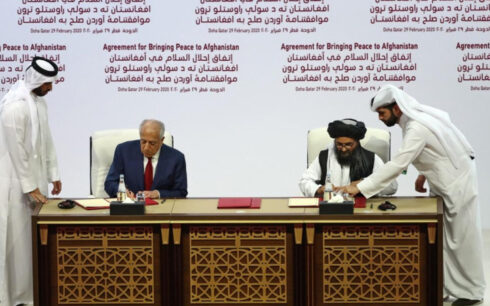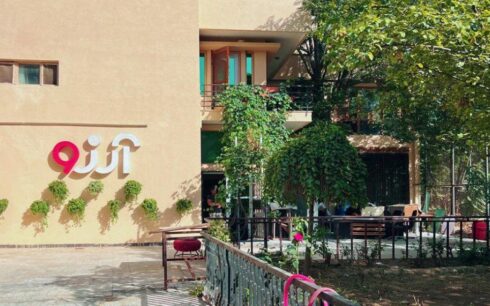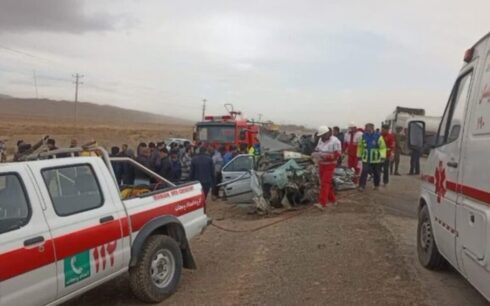KABUL, Afghanistan — Television networks in Helmand province are on the verge of shutting down as the Taliban extend their restrictions on broadcasting images of “living beings,” according to a statement from Afghanistan Journalists Center.
The organization reported that the Taliban issued an official directive prohibiting images of “living beings” in Helmand, marking the fourth province where these restrictions have been formally implemented.
Helmand is currently home to two television stations — the Taliban-controlled National Television and the privately-owned Sabawoon TV — as well as four local radio stations that broadcast online.
According to the Journalists Center, Helmand was the first province to impose a similar one-month ban on filming in late 2022, though the restriction was later lifted. In August 2023, Helmand became the first province to bar the broadcast of women’s voices on media, extending the ban even to public service and health messages.
The latest directive was reportedly issued by Sher Mohammad Wahdat, head of information for the Taliban’s cultural department in Helmand, who also announced a ban on live interviews. Media workers have been instructed to use only written or audio formats and to substitute visuals with static images or graphics.
The Afghanistan Journalists Center expressed alarm over the directive, noting that local Taliban officials have formed a committee to oversee compliance. The organization warned that such restrictions could have serious implications for media operations, particularly if extended to additional provinces.
Similar bans have already been implemented in Badghis, Takhar, and Kandahar, and journalists in Logar, Maidan Wardak, and Daikundi have reported signs that the restrictions may soon apply in their areas as well. The Taliban’s recent media regulations, which formalize the ban on broadcasting images of living beings, have further strained Afghanistan’s already fragile press landscape.





